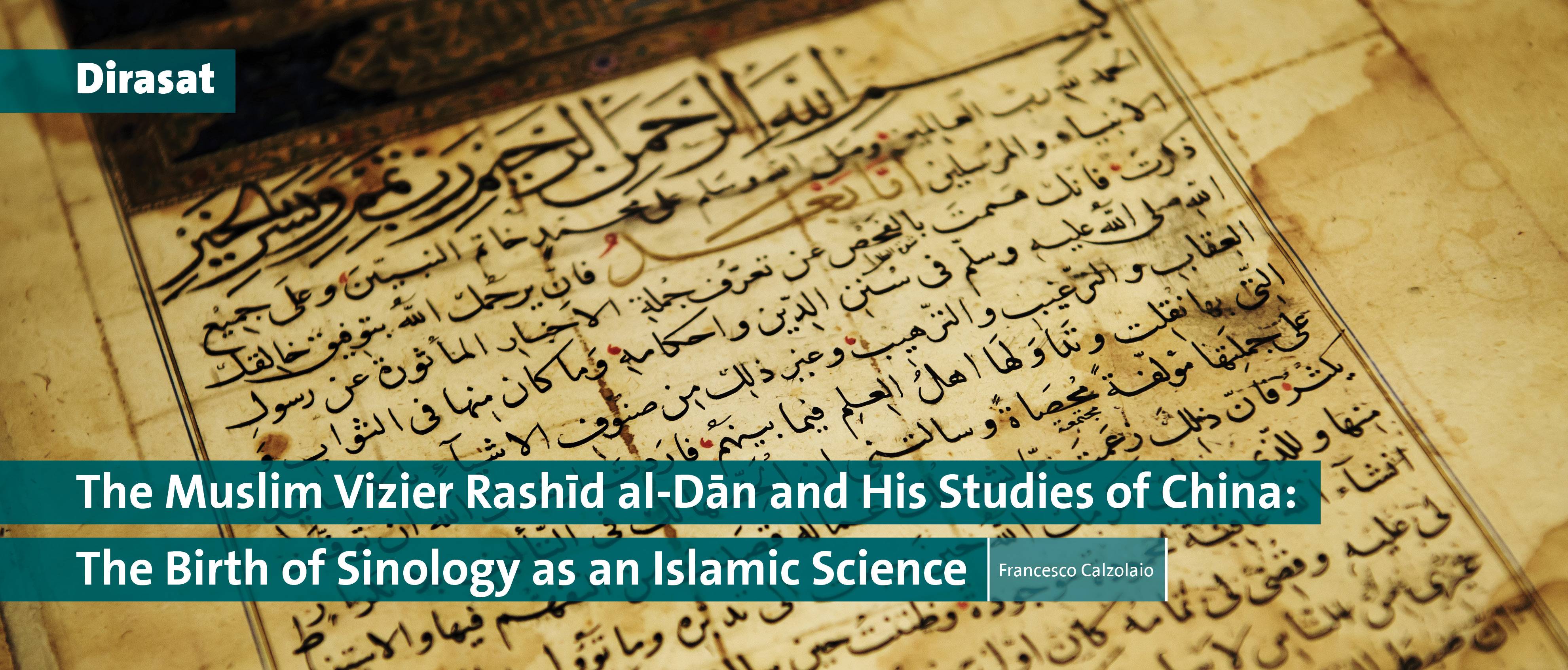The Muslim Vizier Rashīd al-Dīn and His Studies of China: The Birth of Sinology as an Islamic Science
The vizier and scholar Rashīd al-Dīn al-Hamadani (d. 1318) is a towering figure in Islamic intellectual history. His impressive scholarly output spans several fields and rivals that of the most illustrious Islamic thinkers in terms of depth, sophistication, and impact. Relative to his importance, however, scholarship about him is fairly limited. This is beginning to change, as in recent years monographs that explore his intellectual contributions in a number of key areas have begun to appear. Until now, however, very little scholarship has treated one of the most original areas of his scholarly production: the study of China (Pers. Chin, Khata’), with specific attention to its geography, its past and contemporary history, its institutions, and its principal cultural achievements. In this essay I will discuss Rashīd al-Dīn’s contribution to this field. I examine his intellectual engagement with China and argue that he can be described as the first “Sinologist” in the history of Islamic civilization. I also relate the emergence of this great novelty in Islamic history to the unique circumstances in which Rashīd al-Dīn set out to investigate his subject, the realities of the Mongol conquests. This will be the subject of the first two sections of this essay. The first section discusses the Mongols’ role in drawing the Middle East and China into a new relationship, which created the conditions for a veritable quantum leap in the level of Islamic knowledge of China. The second section places Rashīd al-Dīn’s studies of China in this context, providing an account of the vizier’s life and describe his intellectual output, with a specific focus on his studies of China. Having done this, in the third and final section I provide an overview of Rashīd al-Dīn’s Sinological contributions in four key areas: geography, history, religion, and science and technology.

